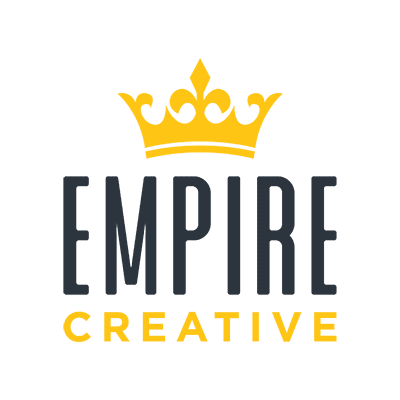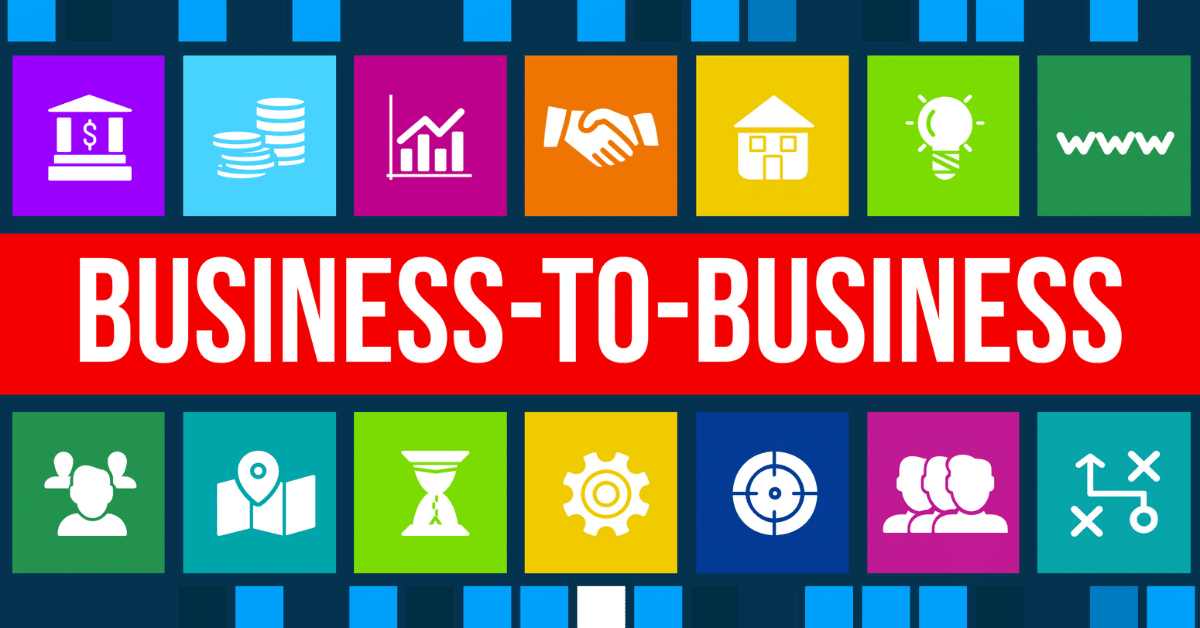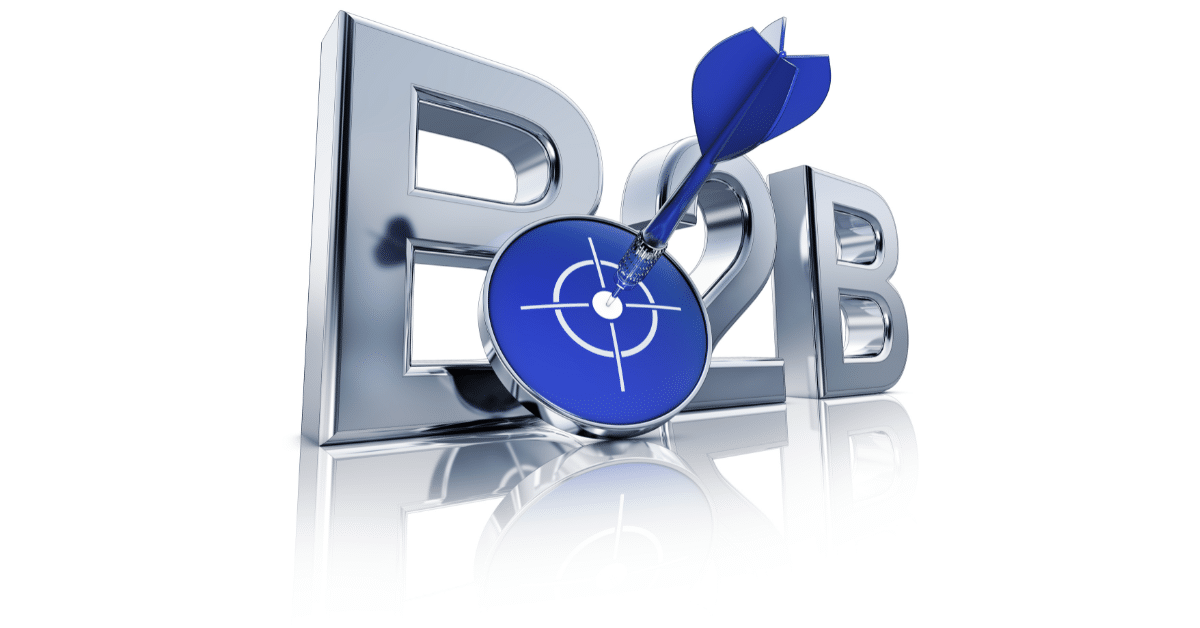The Blueprint For A Winning B2B Content Strategy

In the fast-paced, crowded landscape of B2B marketing, simply creating content is no longer enough. Every business is publishing blogs, uploading videos, and flooding social media channels with posts and updates. To truly stand out from the noise and drive meaningful results, B2B brands need to take a strategic approach to content marketing.
A well-planned B2B content strategy provides a clear road map for attracting new leads, nurturing prospects, and showcasing your expertise to ideal customers. With planning and buyer-focused execution, your content can become a core business asset that powers brand awareness, lead generation, sales enablement, and customer retention.
So what separates a busy content schedule from a high-impact content strategy?
Here are the key elements that B2B marketers need to nail down:
Start with Clearly Defined Goals
Before you start planning any content formats or topics, get laser-focused on your goals. What are you trying to achieve through content marketing? Are you looking to:
- Generate more leads for the sales pipeline?
- Increase brand awareness within your target market?
- Nurture existing leads and prospects down the marketing funnel?
- Position your company as an authoritative industry thought leader?
- Provide engaging content for current customer education and retention?
Your goals will shape every other aspect of your content strategy from production to promotion and measurement. Clearly define 3-5 primary objectives and use them as a guiding light for developing your plan.
Dig Deep into Audience Personas and Journeys
Successful B2B content marketing is never about broadcasting your message. It’s about creating assets that deeply resonate with your core buyer personas’ needs, answer their burning questions, and guide them seamlessly along their typical buyer’s journey.
First, develop rich buyer personas by conducting audience research, surveys, interviews, and data mining. Build out detailed profiles including firmographics, job roles, pain points, content preferences, and more. Then map out their common journeys from the initial discovery and awareness phase through evaluation and on to purchase decision and retention.
The better you can step into your buyers’ shoes and understand their perspectives, the more your content will capture their attention and provide value at each distinct journey stage.
Strategize Your Content Tracks
Now that you understand your goals and audience personas/journeys, you can start mapping out content tracks and asset types that will drive the results you want.
For example, to generate more leads, you may develop an awareness-stage track that includes blog posts, videos, and social media content covering common search topics and pain points. This top-of-funnel content can drive traffic from organic search and social as well as nurture existing contacts into becoming qualified leads.
A consideration-stage track may include more in-depth content like whitepapers, ebooks, webinars, and research reports designed to position your brand as an authority. These premium, gated content assets capture leads while showing your industry expertise.
For closing sales, you’ll need content tracks featuring product demos, case studies, ROI calculators, and more to guide prospects to a purchase decision.
And don’t forget about post-sale content like how-to videos, FAQs, and user community forums for customer retention and upselling. All of your content tracks should work towards moving your buyer smoothly through their journey.
Deliver Quality Over Quantity
In today’s world of AI-generated blogs and hastily-produced clickbait, quality truly is the new currency for B2B content marketing. Your audience is bombarded with lackluster, superficial content everywhere they look online.
To capture attention and earn respect, slow down and invest in producing less content but of vastly higher quality. Thoroughly research topics and aim to create in-depth, expertly-written, and visually-rich pillar pages, ebooks, videos, and other assets that provide comprehensive value.
A densely informative 5,000-word guide that explores a topic from every angle will get more engagement, create more leads, and boost SEO better than 50 shallow, 500-word blog posts. Focus on making every content asset an authoritative resource worthy of being bookmarked.
Amplify Distribution with a Multi-Channel Approach
The final vital component of a powerful B2B content strategy is developing a multi-pronged approach to content distribution and amplification. Even if you create truly remarkable, audience-focused content assets, they won’t generate any results if your audience can’t easily discover them.
Map out an omnichannel content promotion plan that spans:
- Organic channels – SEO, social media marketing, guest posting, industry communities
- Email and marketing automation – segmented nurture campaigns, lead nurturing sequences
- Paid promotion – paid ads, content syndication, and distribution networks
- Influencer and partner co-promotion – collaborating with complementary brands and thought leaders
With a cohesive mix of these promotional channels continually driving traffic and attention to your premium content assets, you can maximize views and engagement from your target B2B buyers.
Don’t just churn out more content and hope for the best. Invest the time into developing an intentional, audience-focused B2B content strategy built on a deep understanding of your goals, buyers’ needs, and their typical journeys. When done right, a powerful content strategy provides the foundation for generating a steady stream of qualified leads, closing more sales, and solidifying your brand as an industry leader.
With a cohesive mix of these promotional channels continually driving traffic and attention to your premium content assets, you can maximize views and engagement from your target B2B buyers.
Don’t just churn out more content and hope for the best. Invest the time into developing an intentional, audience-focused B2B content strategy built on a deep understanding of your goals, buyers’ needs, and their typical journeys. When done right, a powerful content strategy provides the foundation for generating a steady stream of qualified leads, closing more sales, and solidifying your brand as an industry leader.
Contact one of our team members today if you are looking for some B2B Marketing assistance!
The Blueprint For A Winning B2B Content Strategy

In the fast-paced, crowded landscape of B2B marketing, simply creating content is no longer enough. Every business is publishing blogs, uploading videos, and flooding social media channels with posts and updates. To truly stand out from the noise and drive meaningful results, B2B brands need to take a strategic approach to content marketing.
A well-planned B2B content strategy provides a clear road map for attracting new leads, nurturing prospects, and showcasing your expertise to ideal customers. With planning and buyer-focused execution, your content can become a core business asset that powers brand awareness, lead generation, sales enablement, and customer retention.
So what separates a busy content schedule from a high-impact content strategy?
Here are the key elements that B2B marketers need to nail down:
Start with Clearly Defined Goals
Before you start planning any content formats or topics, get laser-focused on your goals. What are you trying to achieve through content marketing? Are you looking to:
- Generate more leads for the sales pipeline?
- Increase brand awareness within your target market?
- Nurture existing leads and prospects down the marketing funnel?
- Position your company as an authoritative industry thought leader?
- Provide engaging content for current customer education and retention?
Your goals will shape every other aspect of your content strategy from production to promotion and measurement. Clearly define 3-5 primary objectives and use them as a guiding light for developing your plan.
Dig Deep into Audience Personas and Journeys
Successful B2B content marketing is never about broadcasting your message. It’s about creating assets that deeply resonate with your core buyer personas’ needs, answer their burning questions, and guide them seamlessly along their typical buyer’s journey.
First, develop rich buyer personas by conducting audience research, surveys, interviews, and data mining. Build out detailed profiles including firmographics, job roles, pain points, content preferences, and more. Then map out their common journeys from the initial discovery and awareness phase through evaluation and on to purchase decision and retention.
The better you can step into your buyers’ shoes and understand their perspectives, the more your content will capture their attention and provide value at each distinct journey stage.
Strategize Your Content Tracks
Now that you understand your goals and audience personas/journeys, you can start mapping out content tracks and asset types that will drive the results you want.
For example, to generate more leads, you may develop an awareness-stage track that includes blog posts, videos, and social media content covering common search topics and pain points. This top-of-funnel content can drive traffic from organic search and social as well as nurture existing contacts into becoming qualified leads.
A consideration-stage track may include more in-depth content like whitepapers, ebooks, webinars, and research reports designed to position your brand as an authority. These premium, gated content assets capture leads while showing your industry expertise.
For closing sales, you’ll need content tracks featuring product demos, case studies, ROI calculators, and more to guide prospects to a purchase decision.
And don’t forget about post-sale content like how-to videos, FAQs, and user community forums for customer retention and upselling. All of your content tracks should work towards moving your buyer smoothly through their journey.
Deliver Quality Over Quantity
In today’s world of AI-generated blogs and hastily-produced clickbait, quality truly is the new currency for B2B content marketing. Your audience is bombarded with lackluster, superficial content everywhere they look online.
To capture attention and earn respect, slow down and invest in producing less content but of vastly higher quality. Thoroughly research topics and aim to create in-depth, expertly-written, and visually-rich pillar pages, ebooks, videos, and other assets that provide comprehensive value.
A densely informative 5,000-word guide that explores a topic from every angle will get more engagement, create more leads, and boost SEO better than 50 shallow, 500-word blog posts. Focus on making every content asset an authoritative resource worthy of being bookmarked.
Amplify Distribution with a Multi-Channel Approach
The final vital component of a powerful B2B content strategy is developing a multi-pronged approach to content distribution and amplification. Even if you create truly remarkable, audience-focused content assets, they won’t generate any results if your audience can’t easily discover them.
Map out an omnichannel content promotion plan that spans:
- Organic channels – SEO, social media marketing, guest posting, industry communities
- Email and marketing automation – segmented nurture campaigns, lead nurturing sequences
- Paid promotion – paid ads, content syndication, and distribution networks
- Influencer and partner co-promotion – collaborating with complementary brands and thought leaders
With a cohesive mix of these promotional channels continually driving traffic and attention to your premium content assets, you can maximize views and engagement from your target B2B buyers.
Don’t just churn out more content and hope for the best. Invest the time into developing an intentional, audience-focused B2B content strategy built on a deep understanding of your goals, buyers’ needs, and their typical journeys. When done right, a powerful content strategy provides the foundation for generating a steady stream of qualified leads, closing more sales, and solidifying your brand as an industry leader.
With a cohesive mix of these promotional channels continually driving traffic and attention to your premium content assets, you can maximize views and engagement from your target B2B buyers.
Don’t just churn out more content and hope for the best. Invest the time into developing an intentional, audience-focused B2B content strategy built on a deep understanding of your goals, buyers’ needs, and their typical journeys. When done right, a powerful content strategy provides the foundation for generating a steady stream of qualified leads, closing more sales, and solidifying your brand as an industry leader.
Contact one of our team members today if you are looking for some B2B Marketing assistance!






